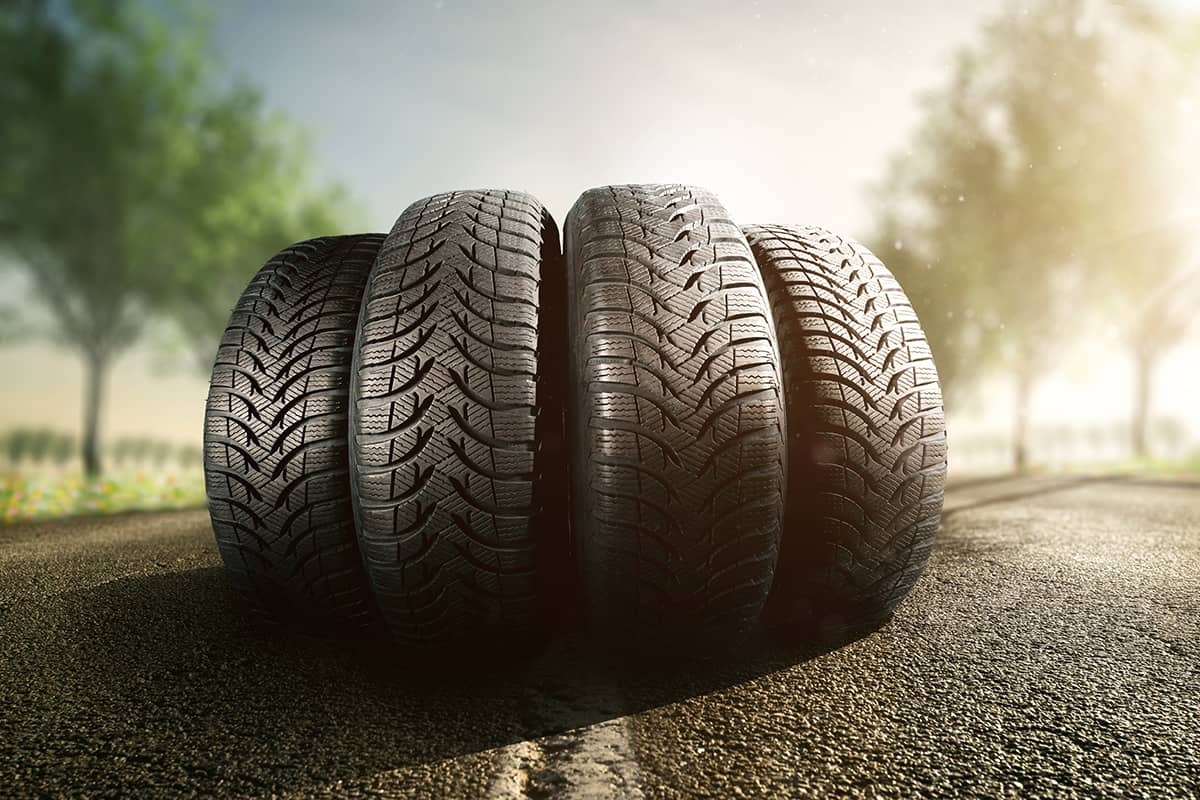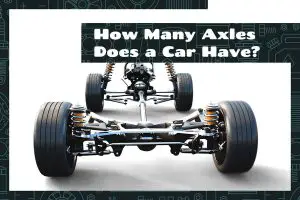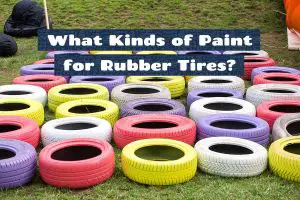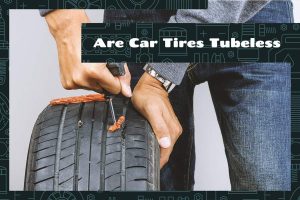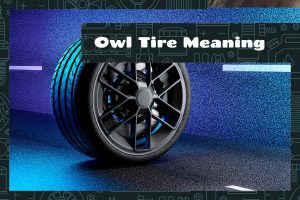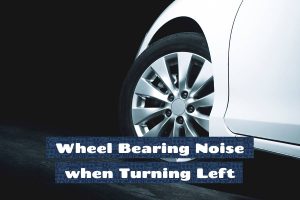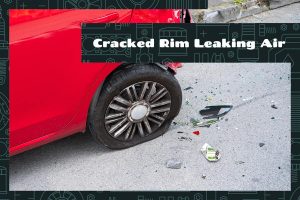Tesla, an innovative leader in the world of electric vehicles, is known for its groundbreaking technology and features. Among these advancements is the use of foam in their car tires—a seemingly unusual choice that left car enthusiasts scratching their heads.
Tesla integrates foam into their car tires to enhance the driving experience in several ways, namely:
- Reducing road noise, creating a quieter, more enjoyable ride.
- Improving overall vehicle efficiency, as the lightweight nature of foam contributes to reduced energy consumption.
- Potentially enhancing tire safety, as the foam can help maintain the tire’s shape during punctures.
Today, we will learn more about the details of why Tesla uses foam in their tires, the benefits of this innovation, and how it compares to traditional tire designs.
The Unique Characteristics of Tesla Vehicles
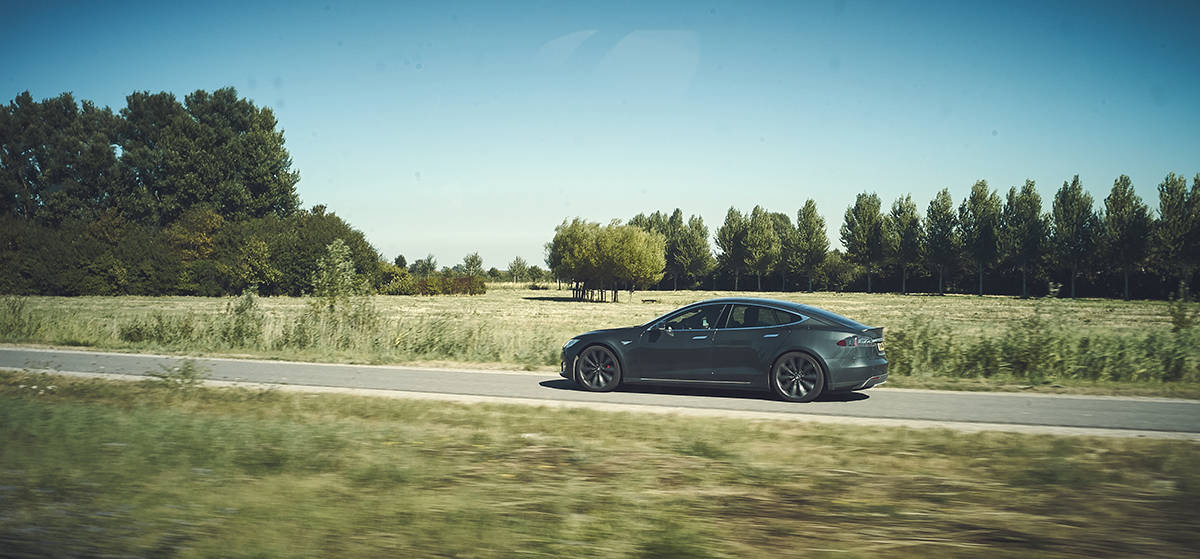
Tesla has revolutionized the automotive industry with its electric vehicles (EVs), known for their unparalleled performance, sustainability, and innovative features. The company’s mission is to accelerate the world’s transition to sustainable energy. This vision drives its commitment to innovation, evident in its EVs.
Tesla cars are powered by electricity stored in large battery packs, eliminating the need for gasoline. The powertrain design is simpler and more efficient than internal combustion engines, requiring less maintenance.
How Tesla’s Electric Cars Differ from Traditional Vehicles
The most significant distinction is the propulsion system. Instead of an engine, Tesla uses an electric motor powered by a high-capacity battery pack. This change eliminates the need for many traditional car components like the fuel pump, spark plugs, or exhaust system.
Tesla cars are also known for their regenerative braking system. Instead of wasting energy as heat when braking, Tesla vehicles recapture this energy and use it to recharge the battery, increasing efficiency.
The Significance of Tires in Electric Vehicles
In EVs, tires play an even more critical role than in conventional cars. Due to the battery weight, electric cars are heavier, which puts more strain on the tires. Plus, the instant torque of electric motors can also lead to faster tire wear.
Therefore, Tesla has given special attention to its tire design, introducing foam to mitigate these challenges, improving ride comfort, safety, and vehicle efficiency.
Tesla’s Integration of Foam in Tires
In a continuous pursuit of innovation, Tesla introduced foam within their vehicle tires, a move that marks a significant departure from traditional tire design.
Tesla first implemented this technology in their Model S and Model X vehicles. While the idea might seem strange, it has a clear purpose: to reduce road noise, increase efficiency, and potentially improve safety.
The concept of using foam within tires isn’t entirely new, as it has been used previously in high-performance sports cars and luxury vehicles. However, Tesla has brought this technology into the mainstream, making it standard equipment on many of their vehicles.
The Type of Foam Used and Why
Tesla uses a specific type of foam known as “acoustically insulated tire technology.” This foam is a sound-absorbing material that helps to reduce the noise transmitted from the road through the tire to the vehicle’s interior. It’s lightweight and doesn’t significantly impact the tire’s weight, which is crucial to maintain the efficiency of the electric vehicle.
The Unique Positioning of Foam within the Tires
The foam isn’t just randomly placed within the tire. Instead, it’s strategically positioned to maximize its benefits. A layer of foam is adhered to the inside of the tire, in the cavity formed by the tire’s carcass when it’s inflated. This positioning allows the foam to absorb the vibrations generated by the tire’s interaction with the road, reducing the amount of noise that reaches the car’s interior.
The Benefits of Using Foam in Tires

Tesla’s use of foam in their car tires isn’t just a novelty; it serves a purpose that delivers several significant benefits.
1. Noise Reduction
The foam acts as a dampener, absorbing these vibrations and reducing the amount of noise that makes it to the car’s interior. Acoustic foam, in particular, is effective at dampening noise in the frequency range that’s most perceptible to the human ear.
This effect makes for a quieter, more comfortable driving experience, a feature particularly desirable in luxury electric cars like Teslas, where engine noise is absent.
2. Improved Efficiency
Tesla’s foam is lightweight, adding minimal weight to the tire. This characteristic is vital because reducing unsprung weight—the weight of the vehicle not supported by the suspension, including the tires—improves efficiency in electric vehicles.
By keeping the tires’ weight low, foam-filled tires help maximize the distance an electric vehicle can travel on a single battery charge. The lightweight foam doesn’t add much rotational mass, meaning the electric motors don’t need to work as hard to turn the wheels, thereby conserving battery power.
3. Safety Implications
Using foam in tires has potential safety benefits, although these benefits are more indirect. The foam in Tesla’s tires isn’t designed to plug holes or prevent flats, as in some heavy-duty industrial tires. However, the foam can help maintain the shape and rigidity of the tire if it’s punctured, potentially allowing for more controlled handling until the tire can be repaired.
4. The Effects on Ride Comfort
Beyond noise reduction, foam-filled tires may also contribute to ride comfort. The foam can help smooth out minor road imperfections can absorb vibrations, making the ride less bumpy. While the tire’s primary components, such as the tread and sidewalls, play a role in ride comfort, the foam can enhance the overall driving experience.
Comparing Tesla’s Foam-Filled Tires with Regular Tires
Tesla’s decision to incorporate foam into their vehicle tires sets them apart from most of the automotive industry. But how do these foam-filled tires compare with regular tires?
Performance Characteristics
The performance of a tire depends on several factors, such as sidewall construction, and rubber compound. In these aspects, Tesla’s foam-filled tires are similar to regular tires. Both types must meet the same basic performance criteria: they must provide reliable traction, handle various weather conditions, and withstand the weight and forces exerted on them during driving.
However, Tesla’s foam-filled tires have the additional benefit of noise reduction, as the foam absorbs vibrations that would otherwise be transmitted as noise. This feature makes Tesla’s tires stand out in terms of driving comfort, especially in electric vehicles where engine noise doesn’t drown out tire noise.
Efficiency
Tesla’s foam-filled tires might have a slight edge in terms of efficiency. Because the foam used is lightweight, it adds minimal weight to the tire, which helps maintain vehicle efficiency.
In contrast, regular tires without foam don’t have this feature. However, other aspects, such as tire pressure and tread design, can also significantly affect a tire’s efficiency.
Maintenance
Regarding maintenance, Tesla’s foam-filled tires and regular tires require similar care. Both types need regular checks for wear and tear, proper inflation, and occasional rotation for even wear.
Significantly, foam in Tesla’s tires doesn’t affect their repairability. Punctures can be patched, and the tires can be mounted, balanced, and serviced using standard tire equipment.
Longevity
The lifespan of a tire depends on various factors, including driving habits, road conditions, and maintenance practices. While there isn’t enough data to definitively compare the lifespan of foam-filled tires to regular ones, it’s likely that they offer similar longevity.
The foam doesn’t affect the tire’s wear patterns, and provided the tires are properly maintained, foam-filled and regular tires should last for a comparable number of miles.
